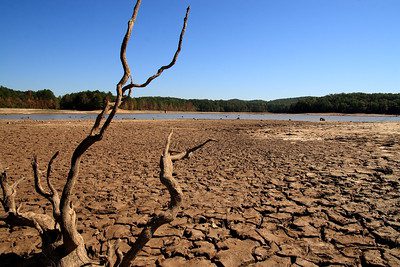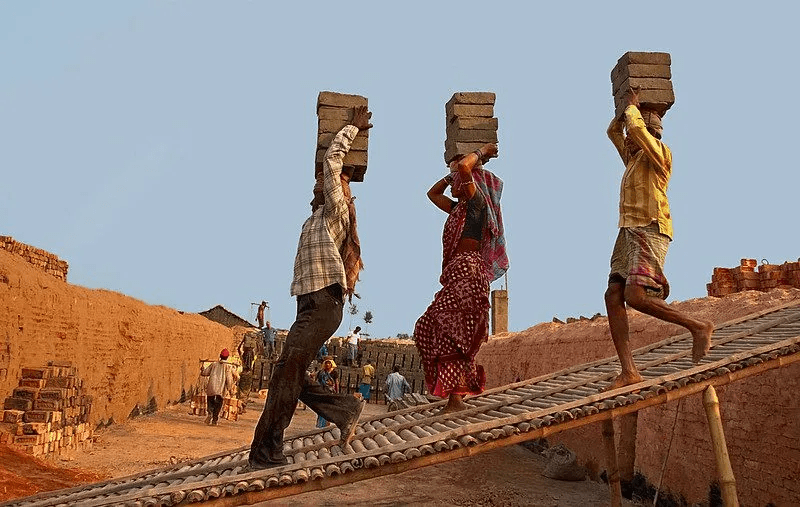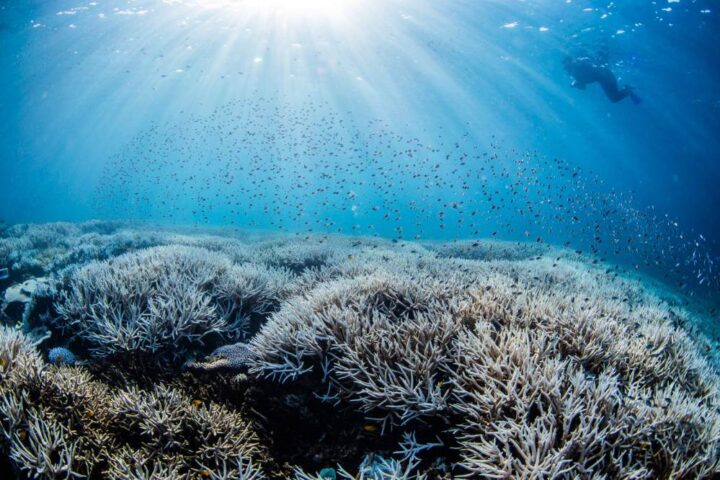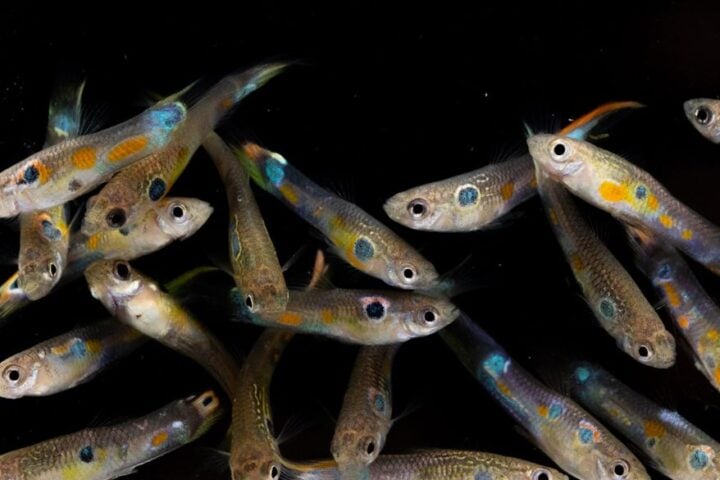Parts of the world were drier than normal in 2021, with cascading effects on economies, ecosystems & our daily lives, the UN World Meteorological Organization (WMO) said. According to the Agency’s first report on global water resources, areas that were usually dry include South America’s Rio de la Plata area, where a persistent drought has affected the region since 2019.
In Africa, major rivers such as the Niger, Volta, Nile & Congo had below average water flow in 2021. The same trend was observed in rivers in parts of Russia, West Siberia & in Central Asia. On the other hand, there are more above- normal river volumes in some North American basins, the North Amazon & South Africa, as well as in China’s Amur River basin & Northern India.
In Africa, rivers such as the Niger, Volta, Nile & Congo had below-normal discharge in 2021, along with parts of Russia, West Siberia & in Central Asia. WMO said that 3.6 billion people have inadequate access to water at least one month per year and that this is expected to increase to more than 5 billion by 2050.
Secretary General Prof. Petteri Taalas says, “The prospects of Climate Change are often felt through water-intense & frequent droughts, more extreme flooding, more erratic seasonal rainfall & accelerated melting of glaciers – with cascading effects on economies, ecosystems & all aspects of our daily lives”. “And yet, there is insufficient understanding of changes in the distribution, quantity or quality of water resources “he added. “The State of Global Water Resources Report aims to fill that knowledge gap & provide concise overview of water availability in different parts of the world.” he further added.
“This will inform climate adaptation and mitigation investments as well as the United Nations campaign to provide universal access in the next five years to early warnings of hazards such as floods and droughts”.
– Prof. Petteri Taalas
Between 2001 & 2018, the UN water reported a staggering 74% of all natural disasters were water- related. The COP27 in Egypt urged Governments to further integrate water into adaptation efforts, the first-time water has been referenced in a COP outcome document, a recognition of its importance, said WMO. Aside from river flow variations, overall terrestrial water storage was classified as below normal on the West Coast of the US, in Central South Africa & Patagonia, North Africa & Madagascar, Central Asia & the Middle East, Pakistan & Northern India.
The Cryosphere-namely glaciers, snow-covered ice caps & where present, permafrost is the world’s biggest natural reservoir of fresh water. With rising temperatures, the overall glacier – run off typically increases first, until turning past, often called “peak water”, upon which run -off declines.


















